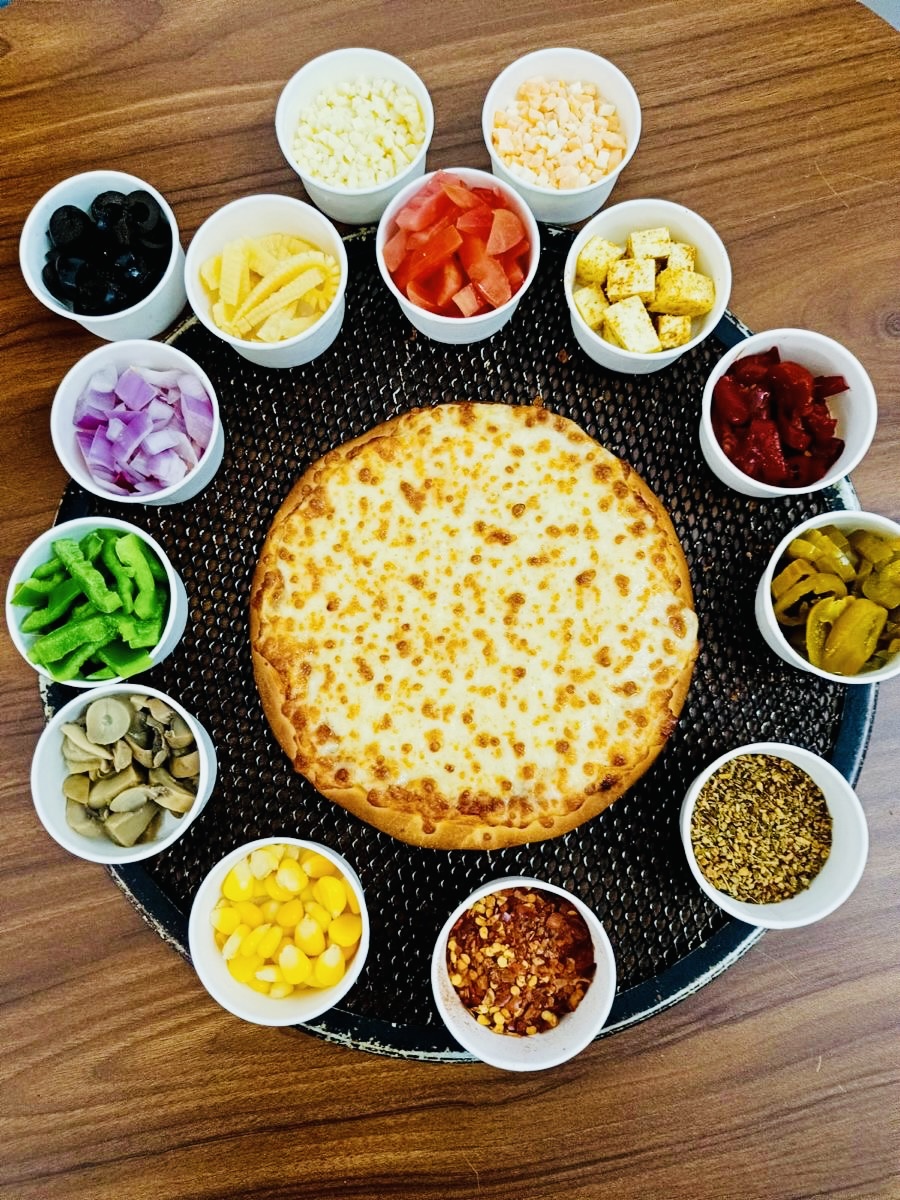The Art of Pizza: From Dough to Delicious
Pizza is a beloved dish that has captured the hearts and taste buds of people all over the world. From its humble origins to the mastery of its various components, pizza truly is an art form. In this article, we will explore the history and origins of pizza, the secrets to mastering the perfect pizza dough, the art of topping and saucing, and the final step of baking and serving that brings pizza to perfection.
The history and origins of pizza can be traced back to ancient times. The concept of using bread as a base for toppings can be found in various cultures throughout history. However, it was in Naples, Italy, where pizza as we know it today truly took shape. In the late 18th century, the poor people of Naples began adding tomatoes, a newly introduced ingredient from the New World, to their flatbread. This simple combination of dough, tomatoes, and cheese quickly gained popularity and became known as pizza. It wasn’t until the late 19th century that pizza made its way to the United States with Italian immigrants, and it has since become a staple of American cuisine.
Mastering the perfect pizza dough is crucial to creating a delicious pizza. The dough is the foundation upon which all other ingredients rest, and it is what gives pizza its signature texture and flavor. The key to a great dough lies in the ingredients and the technique. High-quality flour, water, yeast, and salt are the basic components of pizza dough. The proportions and the method of mixing and kneading the dough are what differentiate a good dough from a great one. The dough should be elastic, airy, and have a slightly chewy texture. Achieving the perfect dough requires practice and patience, but the results are well worth it.
The art of topping and saucing is where creativity and personal preference come into play. While traditional toppings such as mozzarella cheese and tomato sauce are classic choices, the possibilities are endless. From pepperoni and mushrooms to pineapple and ham, the choice of toppings is a matter of personal taste. The key is to strike a balance between flavors and textures. A well-topped pizza should have a harmonious combination of ingredients that complement each other. The sauce should be applied sparingly to avoid a soggy crust, and the toppings should be evenly distributed to ensure every bite is a delight.
Baking and serving are the final steps in bringing pizza to perfection. The baking process is crucial to achieving a crispy crust and melting the cheese to perfection. A hot oven and a pizza stone or baking steel are essential tools for achieving the desired results. The pizza should be baked at a high temperature for a short period to ensure the crust is cooked through while maintaining a chewy texture. Once the pizza is out of the oven, it should be allowed to rest for a few minutes before being sliced and served. This allows the flavors to meld together and prevents the toppings from sliding off.
In conclusion, the art of pizza encompasses the history and origins of this beloved dish, the mastery of the perfect dough, the creativity of topping and saucing, and the final steps of baking and serving. Pizza is more than just a meal; it is a cultural icon that brings people together. Whether you prefer a classic Margherita or a gourmet creation, the art of pizza is a journey that can be enjoyed by all. So next time you take a bite of that delicious slice, remember the craftsmanship and passion that went into creating it.





